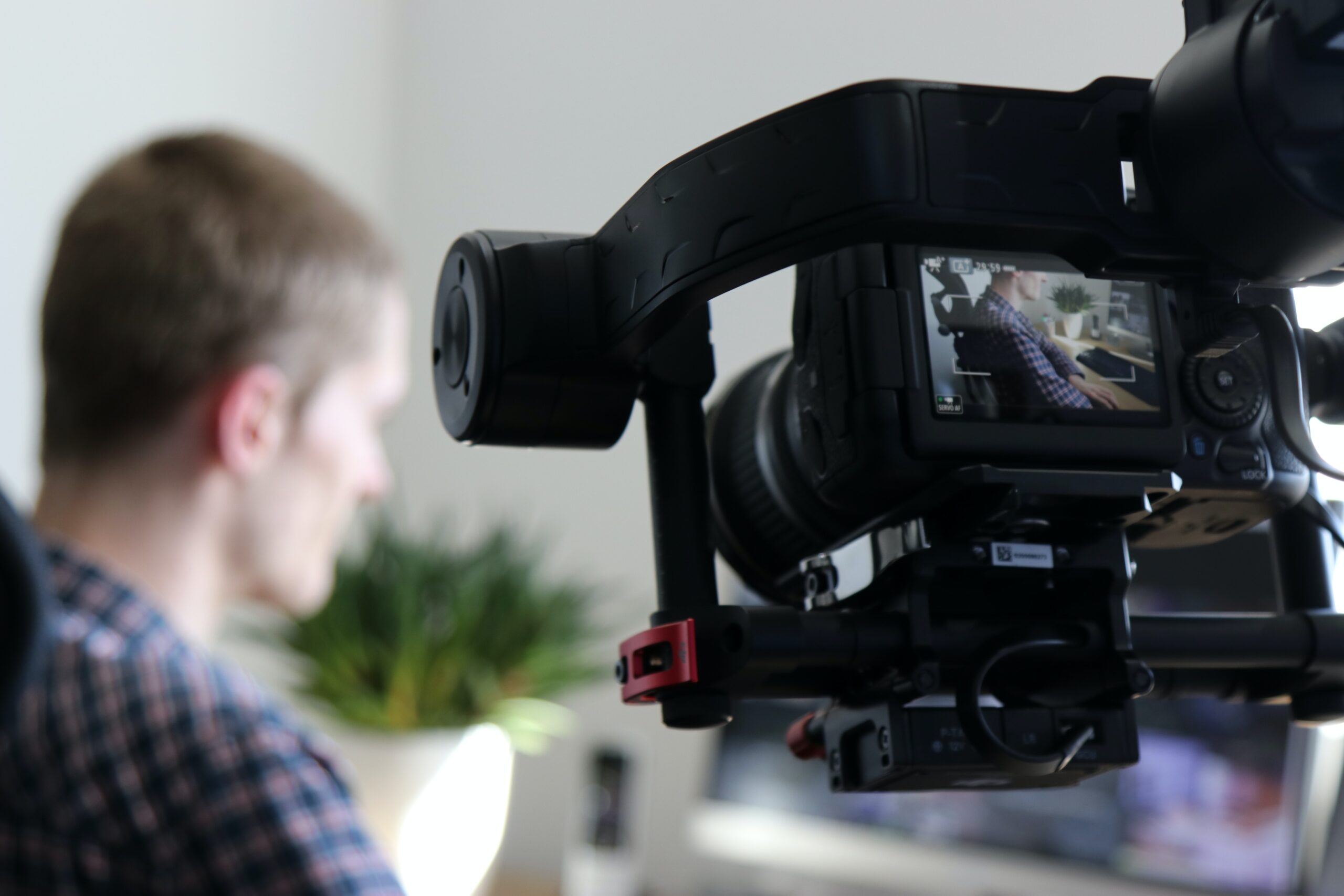In an age of mass accessibility to innovative technology, it seems only logical that all areas of society would adopt and embrace the ease which accompanies technological advancements. We were recently asked, why has this modern luxury not transcended into the courtroom? Why, amongst the vast amount of accessible video, audio and photographical technology, do the courts continue to rely on sketch artists to depict the scenes of the courtroom?
We are constantly bombarded with American media coverage from within the courtroom, specifically the O.J. Simpson trial, and more recently the popular Nextflix series, The Making of a Murderer. While this may cause individuals to interpret Canada to be a technologically unprogressive nation in regards to our legal sector, Canada has actually acted as one of the global leaders of tolerance for audio, video and photographic media. The first camera was allowed in a Canadian courtroom in 1981 during the Patriation Reference case. Following this, three high-profile court cases were publically televised throughout the 1990s. Since then, all proceedings of the high court have been recorded and archived on the Cable Public Affairs Channel. Therefore, the higher degree of control over cameras in the courtroom varies by province, with Ontario acting as the only Canadian province which currently holds a ban on audio and visual recordings throughout legal proceedings.
While other Canadian provinces demonstrated acceptance of cameras within the courtroom, Ontario has maintained a strict disproval concerning the lenience of audio visual technology to document proceedings. Under section 136 of the Ontario Courts of Justice Acts, the prohibition against photography condemns the taking or the “attempt to take a photograph, motion picture, audio recording or other record capable of producing visual or aural representations by electronic means or otherwise” R.S.O. 1990, c. C.43, s. 136 (1). There are, however, two exceptions to this rule:
1. Sketches and handwritten notes are permissible within the courtroom R.S.O. 1990, c. C.43, s. 136 (2).
2. Following judiciary approval, lawyers, a party acting in person or a journalist may unobtrusively make an audio recording at a court hearing for the purpose of supplementing or replacing handwritten notes R.S.O. 1990, c. C.43, s. 136 (2).
Although sketches and handwritten notes are allowed in the courtroom, the actual law itself does not outwardly explain why these forms of depictions are allowed, while cameras are not. In addition, although the law does ban cameras, it is to the discretion of the judge. Therefore, any judge in Ontario has the authority to allow cameras in their courtroom upon request. The effect with which cameras in the courtroom affect the proceedings and individuals involved is the main factor when determining whether cameras in the courtroom are appropriate for each individual trial.
The primary reason judiciaries are hesitant to allow cameras within the courtroom is the accompanying uncertainty. Although audio and visual recording would educate the public on the exact details of specific cases, there are numerous negative factors which diminish the appeal of cameras within the courtroom. The famous legal saying ‘innocent until proven guilty’ lingers in the forefront of public caution as a televised or photograph face may create negative connotations with a member of society before a final decision has been made. Additionally, footage can be doctored and arranged in certain ways to depict individuals and events in a manner which may not be truthful, painting a specific individual in a negative light. We must also consider the privacy of children, witnesses and sexual assault victims whose identity may be at risk given full exposure to courtroom media.
In conclusion, while technology within the courtroom seems like an expected modern advancement, there are numerous factors surrounding individual privacy which would complicate proceedings immensely. Thus, the Ontario court system continues to rely on sketch artists to maintain the integrity of the judicial system, while also providing the public a glimpse into the courtroom, in a way that is not harmful to any of the individuals involved. It is likely that we will see an introduction of audio and visual technology in to the courtroom in our life time, some have even described the change as inevitable, however, at present, the law surrounding bans on cameras in the courtroom relies heavily on the discretion of each judge and their interpretation of the effects cameras will have on trial proceedings.
By: Elizabeth MacDonald


